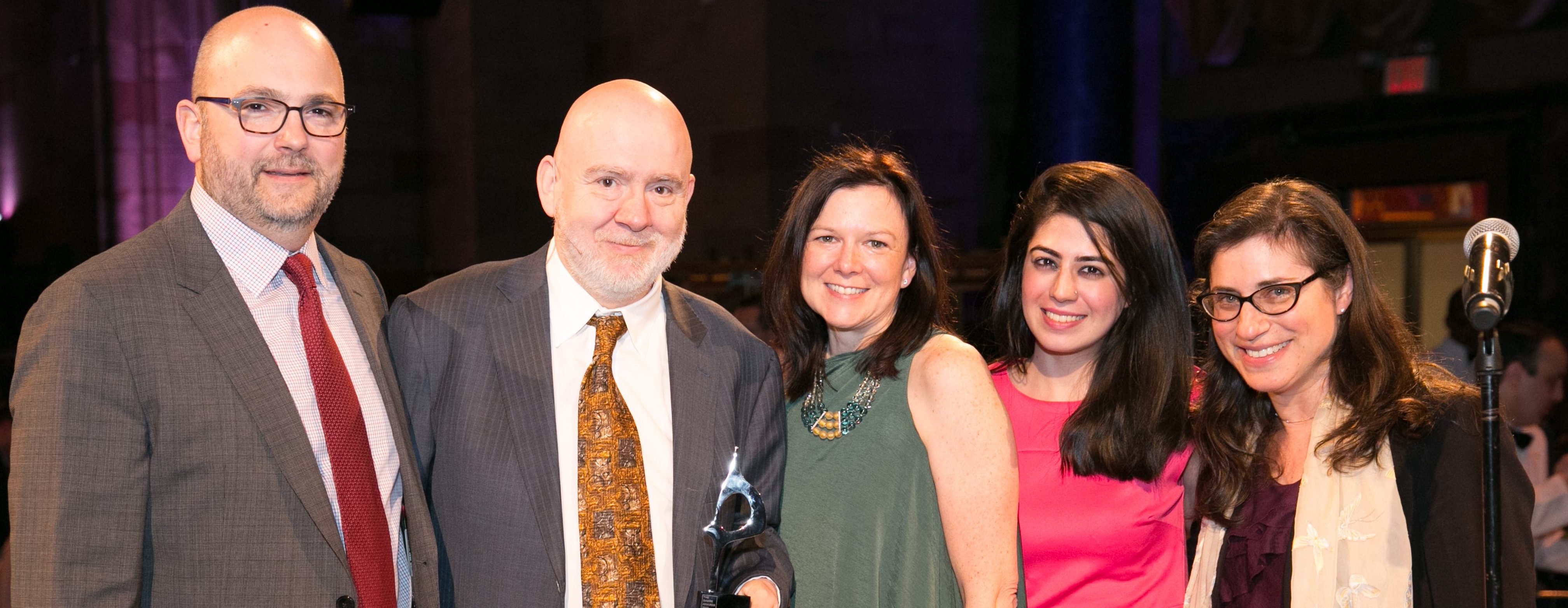January 21, 2020
Research Shows Reporters Are Viewed as Most Trusted Sources — But Reporters Aren’t Feeling It

The troubling spread of disinformation doesn’t appear to be going away any time soon. But news consumers don’t view media sources as the leading culprits.
According to the 2019 IPR Disinformation Report, 63 percent of Americans view disinformation – defined as deliberately misleading or biased information – as a significant problem in society, up there with gun violence (63 percent) and terrorism (66 percent). However, nearly two-thirds of respondents to the IPR survey say local newspapers (62 percent) and local broadcast news (62 percent) are trustworthy. And some of the country’s largest newspapers – USA Today (47 percent), The New York Times (46 percent), The Wall Street Journal (44 percent) and The Washington Post (42 percent) – are widely viewed as trusted sources.
But simultaneously, according to another research report, Americans’ trust in the mass media dropped over the past year – findings that echo the sentiments of panelists at a recent event in Chicago.
Reporters Not Feeling the Love
The current media landscape is something we plan on digging into a lot in 2020, specifically with the upcoming presidential election. But we had a chance in 2019 to hear from some members of the media during the panel, “Preserving the Truth in an Age of Misinformation,” sponsored by Indiana University’s Chicago Alumni Association. Several reporters who spoke said public perception hasn’t swung back in their favor after years of intense attacks against the news media.
Veteran Reuters reporter and foreign correspondent Elaine Monaghan moderated the discussion, which focused on how best to navigate distorted information and share news responsibly. The panel included Meghan Dwyer, WGN Chicago; Traci Rucinski, Reuters; Andrea Hanis, Chicago Tribune; Hannah Alani, Block Club Chicago; Eric White, Chicago Sun-Times and Kale Wilk, Times of Northwest Indiana.
Several panelists blamed the disinformation crisis on a singular culprit: “fake news.”
Dwyer said that the phenomenon is (literally) hitting broadcast reporters on the streets. She recalled doing a story about Jazz Fest in New Orleans. After throwing a beer can that hit her in the head, a heckler shouted, “FU – You’re fake news! Get out of here!”
“We have terrible things said to us daily while standing in the cold, trying to give people the information they need to know about a shooting,” she added.
Hanis agreed. “The fact that people feel journalists are reckless about the truth is hilarious. As journalists we live in a constant state of paranoia,” she said. “Our job is to make sure our reporting is right. We wake up at 3 a.m. scared we got something wrong and run to our laptops in the dark to make sure we didn’t.”
Hanis walked through the process for addressing corrections at the Tribune, illustrating how serious the paper is about getting things right.
“We have a full-time standards editor who creates the policy and holds us accountable,” she said. “Everyone knows that when we get something wrong it’s a big deal.”
Elani addressed how accountability drives her work. “At Block Club, we work for the people, and they pay our salary. We don’t have advertising streams; we don’t have shareholders. The readers own us; we must be accountable,” she said. “They also live and work in the neighborhoods where we live and work, so that impacts our accountability as well.”
Elani talked about how a reader reached out via Twitter with a suggested change to a story. Elani didn’t have time to respond but that same reader happened to see her out that day while jogging and followed up on whether she had caught her suggestion.
Elani handles the fake news talk by taking the time to educate her community about the job of a journalist. “Many times, fake news comes from people recycling the term, but not understanding what journalists do and why they do what they do.”
Headlines and Other Ways to Combat Fake News
While the panelists agreed about the importance of accuracy, they also addressed sensitive topics such as whether they are pressured to create “click bait” headlines to drive readers to stories.
“While our goal is to use a headline to get a reader to read a story, we don’t include anything in our headlines that is untrue,” said White, of the Sun-Times. “That would go against everything we do.”
At Reuters, while headlines are essential, they’re mostly targeted towards the publication’s fastest-growing clientele: media clients.
“We are cognizant that our media clients like Google, Apple, MSNBC and Yahoo are looking towards our headlines and our ability to turn a story around quickly and accurately so that they can repurpose them for their platforms,” Rucinski said.
The reporters also provided great advice for consumers of news who would like to help combat the “fake news” epidemic.
“Talk about the news and cite where you read an interesting article,” Dwyer said. “If you see someone sharing information that’s false, comment on it and then link to the actual source. Sign up for multiple news outlets. Pay for the news, because the news can’t pay for itself.”
Keep Calm and Carry On?
The evening concluded with a final question from the audience: “What keeps you all going given the constant pressures and doubts about your commitment to truth and accuracy?”
“It’s the comradery,” White said. “We’re understaffed and trying to do a good job every day. You feel responsible for the others sitting with you and doing this thing that matters even though it’s not easy and the hours suck.”
Added Dwyer: “I really believe in what we do. We are the Fourth Estate, damn it, and we must hold people accountable. I still love it, even on my bad days.”
Wilk, a reporter and photojournalist at the Times of Northwest Indiana, says that it’s his love of the craft that drives him. “Photos are an incredible and concrete way to capture humanity,” he said.









